

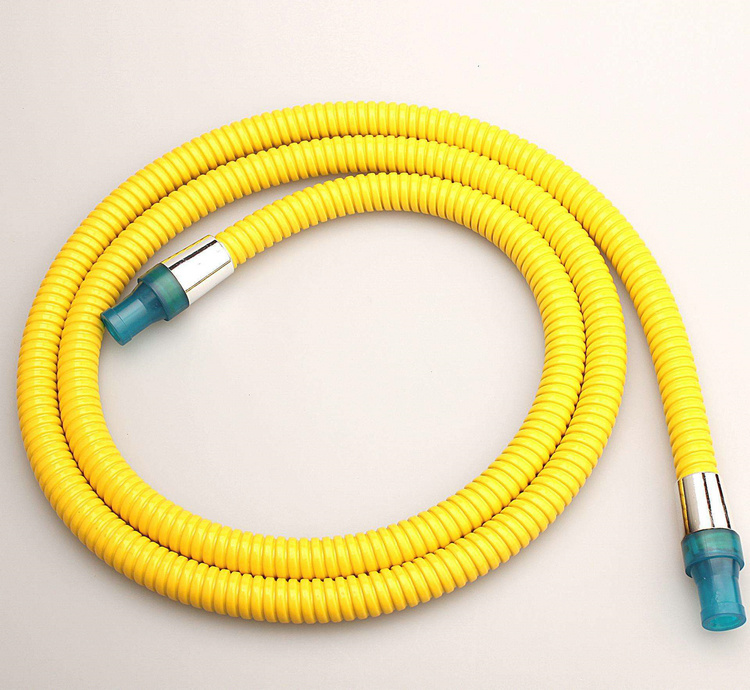

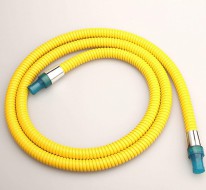
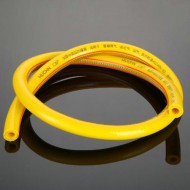

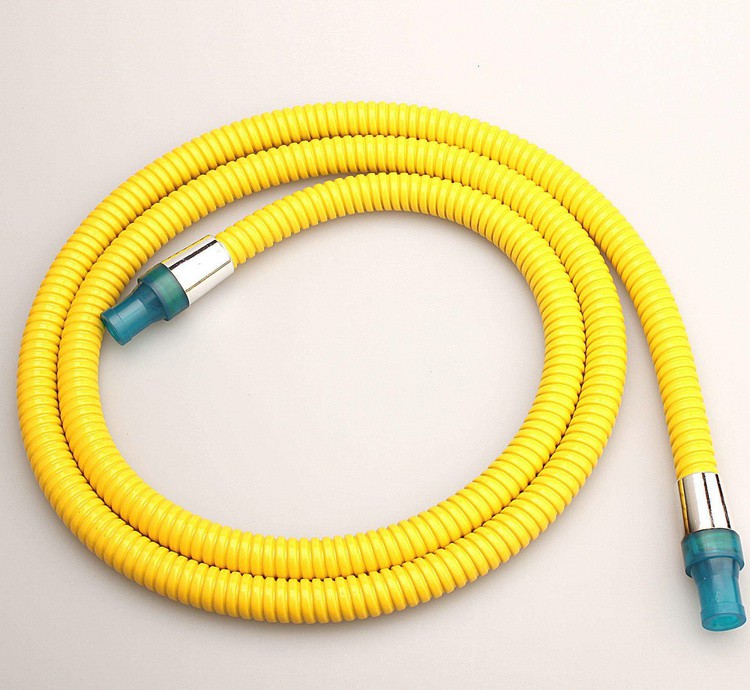
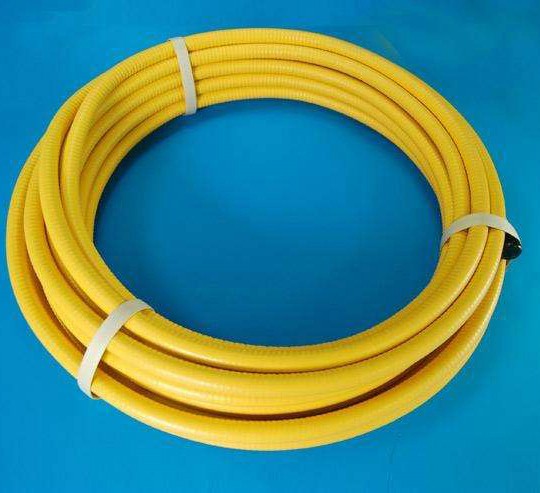
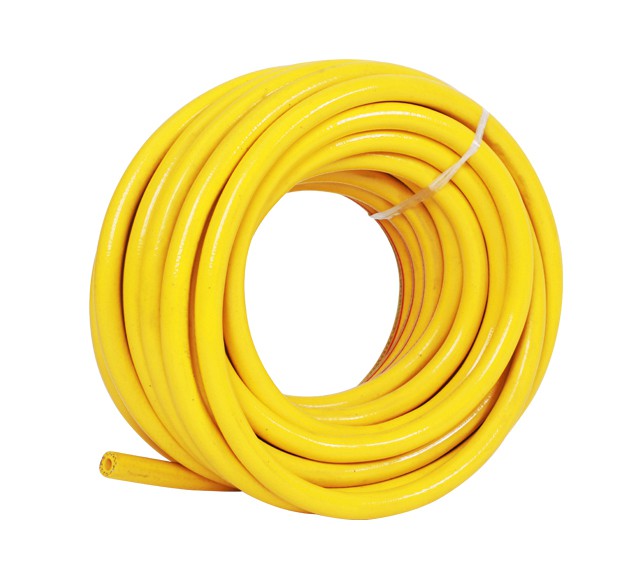
Usage
1. After the installation of the gas pipe, it should be properly protected (especially when tiling), and the gas pipe should not be dismantled, moved, touched, smashed, squeezed, or compressed without authorization to ensure its integrity and no damage.
2. Remember not to seal the gas pipes, especially the main valve of the entire building and the gas meters in each user's home. If decoration is needed, it can be done by installing door cabinets or leaving ventilation holes. Adequate space should be reserved for maintenance and security checks.
3. Do not disassemble gas pipelines (including pipeline fixing hooks or clamps) and water heaters without authorization. They should be installed by professional technicians from the relevant gas company to ensure safety.
4. Rooms with gas pipelines cannot be used as bedrooms to avoid gas leaks, fires, and endangering life safety. At the same time, flammable and explosive materials cannot be stacked in the kitchen or room where the gas pipeline passes through.
5. Gas pipelines cannot be buried in walls and should be no less than 10cm above the ground. Gas pipes are not allowed to pass through walls and should not be too long, and stove hoses should not exceed 2 meters.
6. If the indoor pipeline is already filled with gas and a gas leak is found, the first thing to do is to close the gas valve in front of the meter, open the indoor doors and windows for ventilation, prohibit any behavior that may cause sparks such as turning on electrical switches, and strictly prohibit open flames for leak detection. Call for help outdoors.